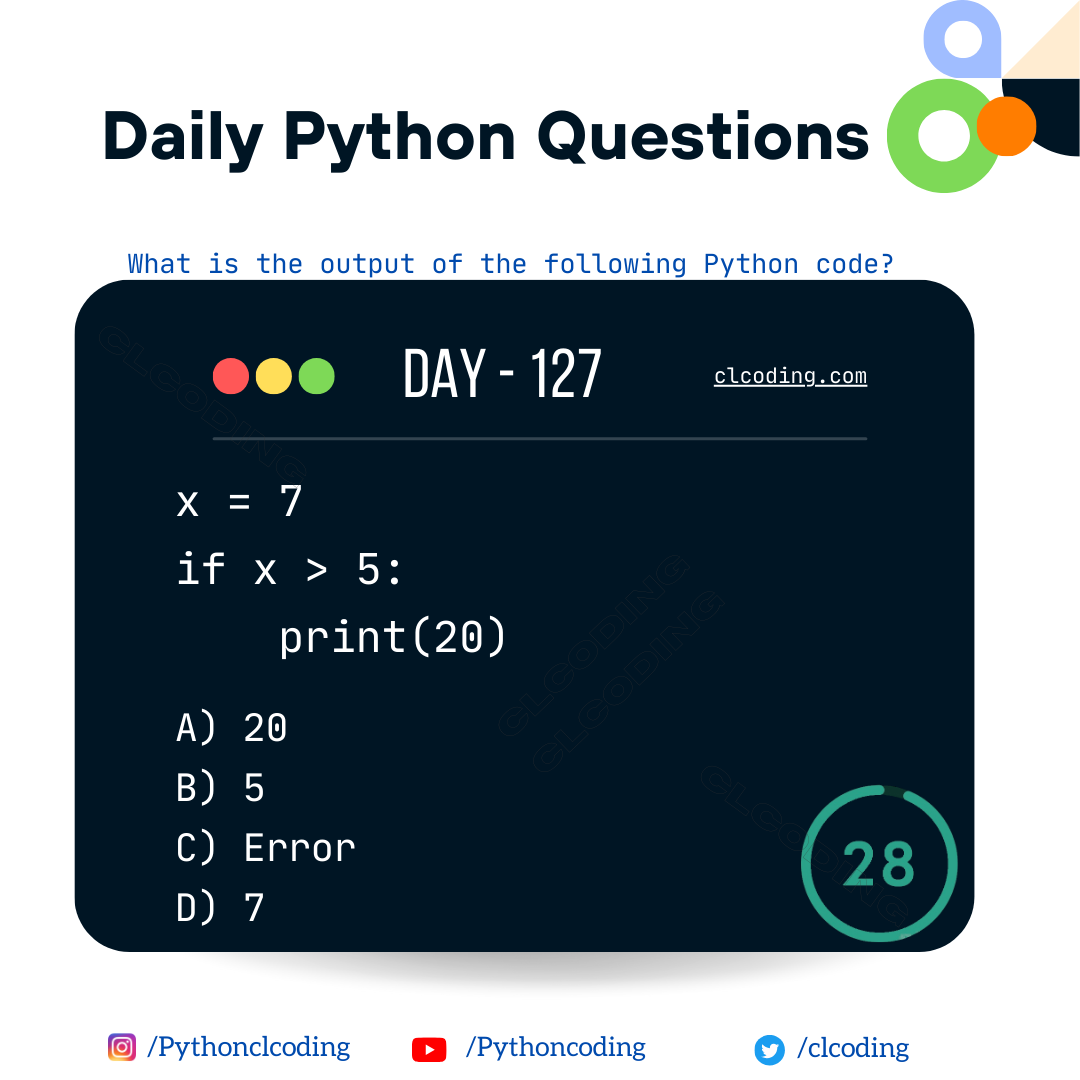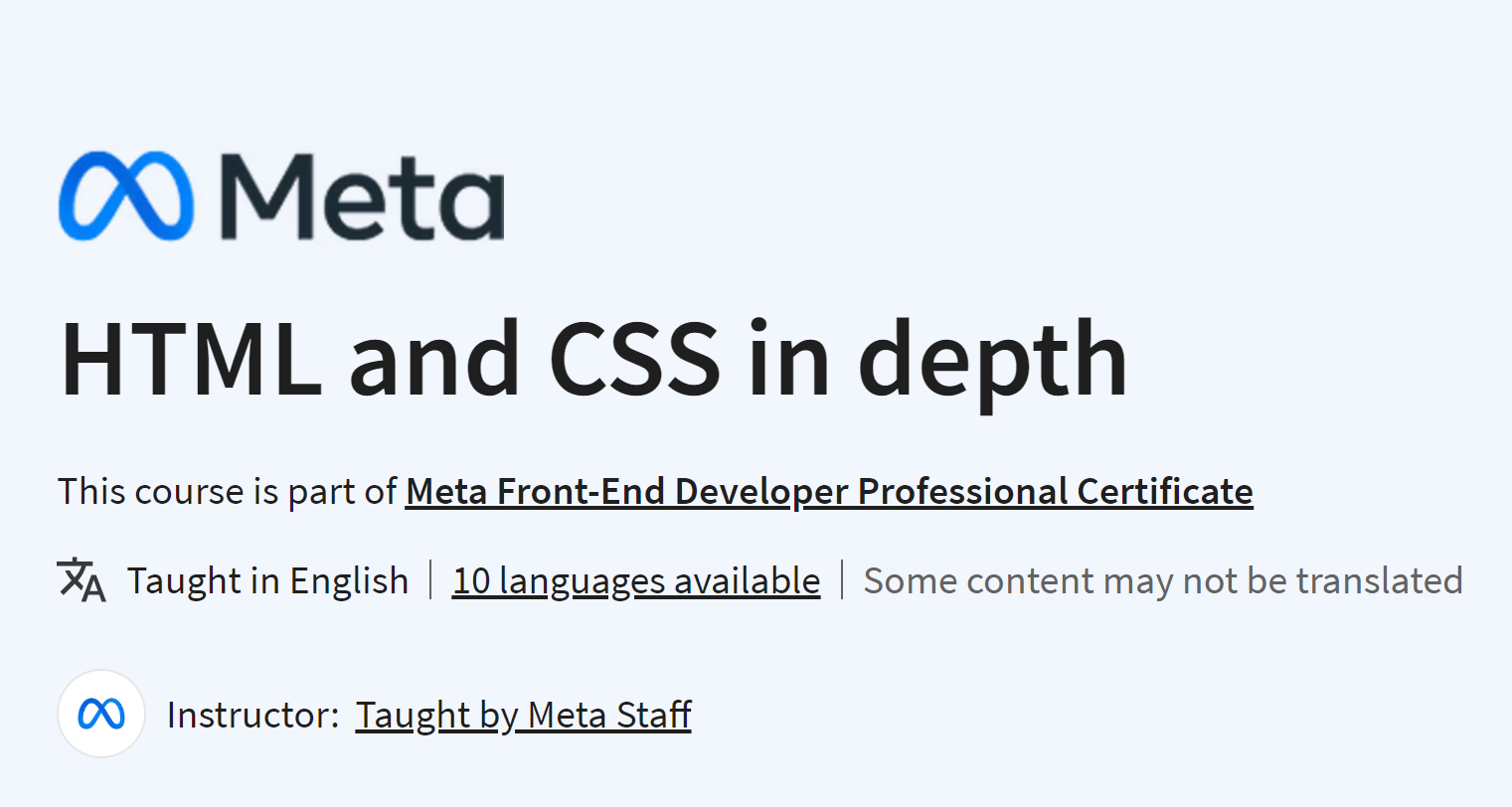Supercharge Your Career with Python programming and SQL: The #1 Coding Course from Beginner to Advanced (2024)
Are you looking to turbocharge your career prospects? Do you want to gain the skills that are in high demand in today's job market?
Whether you're a complete beginner or an experienced programmer, this #1 bestseller book is designed to make your learning journey simple, regardless of your current skills. It aims to guide you seamlessly through the content and fast-track your career in no time.
This 5-in-1 guide covers both Python and SQL fundamental and advanced concepts, ensuring that you not only gain a comprehensive understanding but also stand out among your peers and stay ahead of the competition:
✅ Step-by-Step Instructions: This easy-to-understand guide provides step-by-step instructions, making it effortless to grasp Python and SQL fundamentals.
✅ Fast Learning Curve: Progress rapidly from beginner to advanced levels with our carefully crafted curriculum. Gain confidence to tackle coding challenges.
✅ Boost Your Career: Acquire sought-after skills desired by employers, making you stand out in the job market. Get job-ready and attractive to potential employers.
✅ Competitive Edge: Stand out among peers with our cutting-edge course covering fundamentals and advanced concepts. Your coding proficiency will make you invaluable to any organization.
✅ Versatile Job Opportunities: Python and SQL open doors in tech, data analysis, web development, and more. Stay ahead of the competition.
✅ Start Writing Your Own Programs: Empower yourself to create efficient code, unleash creativity, and achieve peak performance.
✅ Real-World Projects: Gain practical experience through hands-on projects, showcasing your coding expertise effectively.
✅ Expert Guidance: Acquire practical skills and knowledge from expert guidance to become a proficient programmer.
Here are just a few things you'll learn in Python programming and SQL:
Get started with Python programming, covering variables, functions, loops, and conditionals
Discover how to work with data in Python, including data types, structures, and manipulation techniques
Learn different data structures, such as sequences, tuples, lists, matrices, and dictionaries
Understand conditional statements and their role in decision making
Discover object-oriented programming (OOP) and learn how to define classes and methods.
Discover the art of exception handling, ensuring robust and error-free code
Explore the power of algorithms, information processing and master the essential features of algorithms
Master file processing in Python, including opening, reading, writing, and appending files, etc.
Master SQL essentials such as basics of SQL, data types, statements, and clauses
Work with databases using SQL, including creating, modifying, and deleting tables and records.
Learn powerful queries: Perform joins, unions, ordering, grouping, and utilize aliases for advanced SQL queries
Explore efficient data management: Navigate MySQL, work with databases, tables, and views
Advanced techniques: explore stored procedures, indexing, truncating, and working with triggers
Master data optimization: Fine-tune SQL queries for optimal performance and efficiency
Gain practical skills and techniques that you can directly apply in you career

%20(Computer%20Programming).jpg)





















.jpg)






.PNG)



















.png)























